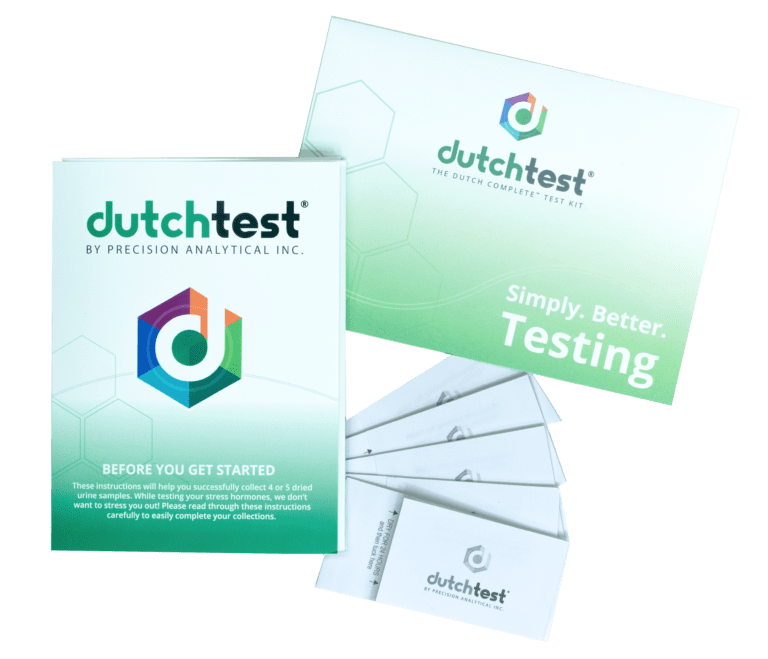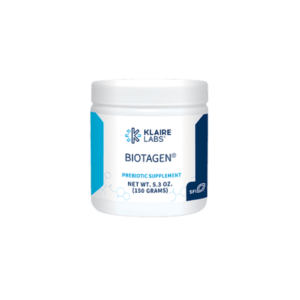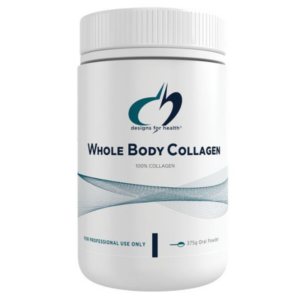Description
What is the Cortisol Awakening Response and how do we test for it?
When we open our eyes upon waking, cortisol levels naturally begin to rise by an average of 50%. 30 minutes after waking, cortisol levels will still show this sharp increase. By 60 minutes after waking, cortisol levels have peaked and begin to decline. Measuring this rise and fall of cortisol levels at waking can be used as a “mini stress test”. Research shows that the size of this increase correlates with HPA-axis function, even if the sample measurements are all within range. A quick saturation of saliva swabs upon waking, and at 30 and 60 minutes after waking, provide what is required to assess a patient’s Cortisol Awakening Response.
A low or blunted Cortisol Awakening Response
This can be a result of an underactive HPA axis, excessive psychological burnout, seasonal affective disorder
(SAD), sleep apnea or poor sleep in general, PTSD, chronic fatigue and/or chronic pain. A decreased CAR has also been associated with systemic hypertension, functional GI diseases, postpartum depression, and autoimmune diseases.
An elevated Cortisol Awakening Response
This can be a result of an over-reactive HPA axis, ongoing job-related stress (anticipatory stress for the day), glycemic dysregulation, pain (i.e. waking with painful joints or a migraine), and general depression (not SAD). A recent study1 showed that neither the waking nor post-waking cortisol results correlated to Major Depressive Disorder, but the CAR calculation (the change between the first two samples) did. This measurement of the response to waking has independent clinical value showing dysfunction that may be hidden by current testing options.
Even though a patient may have “normal” free cortisol levels throughout the day, that doesn’t always mean everything is functioning properly. The graph below shows two good examples. A blunted or exaggerated Cortisol Awakening Response (CAR) can appear, even when single samples return “normal” results. The HPA axis might not be appropriately responding when faced with a stressor, even when cortisol levels are fluctuating nicely throughout the day. The “stress” of waking allows us to test the HPA axis in a way that has been independently correlated to clinical outcomes and cannot be assessed by other cortisol tests on the market.






Reviews
There are no reviews yet.